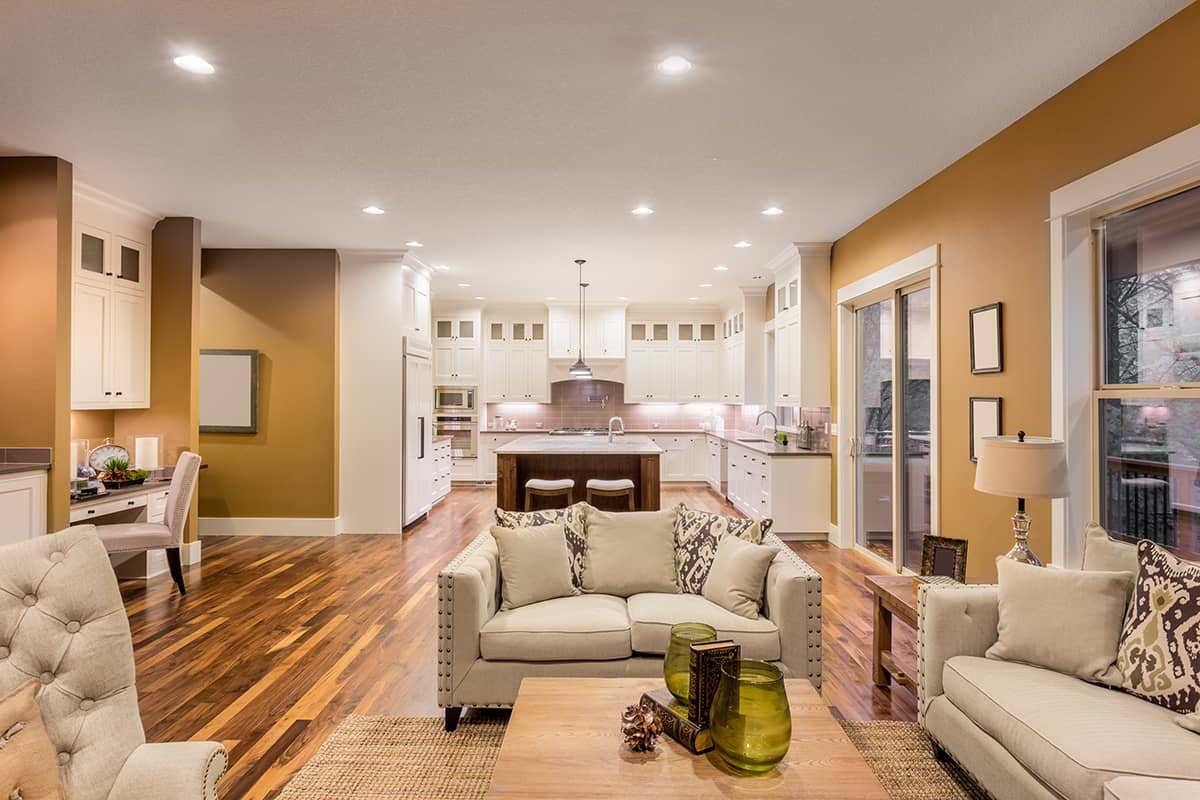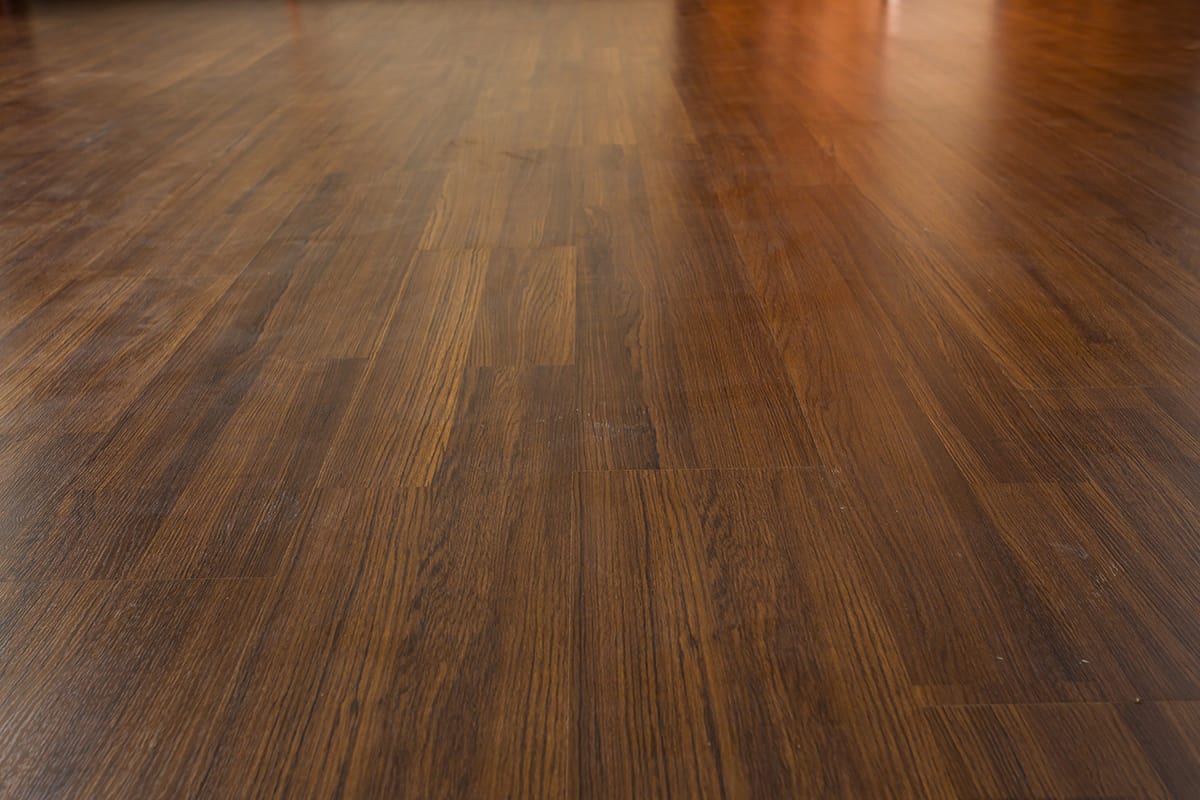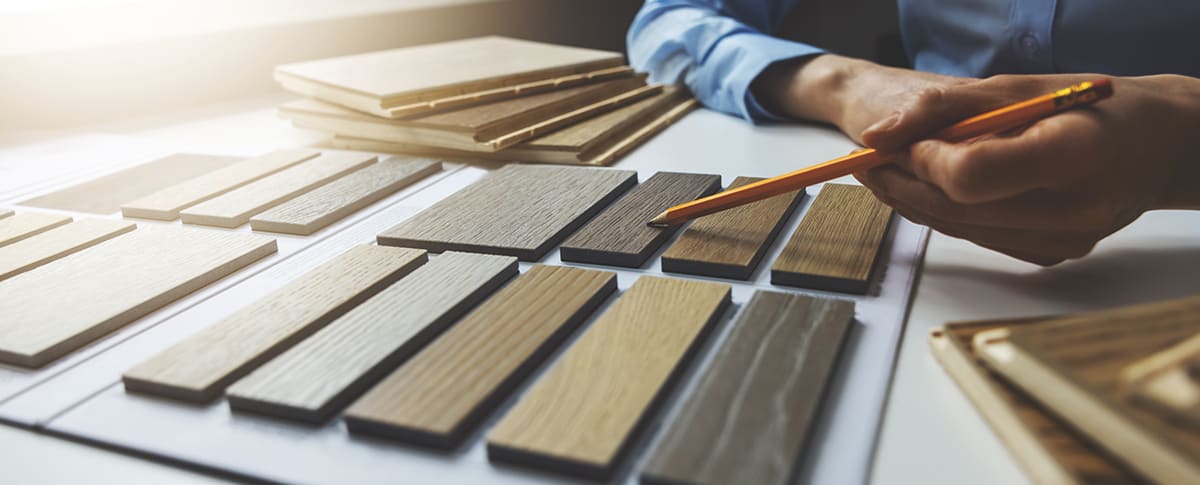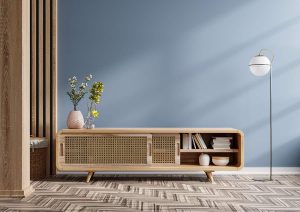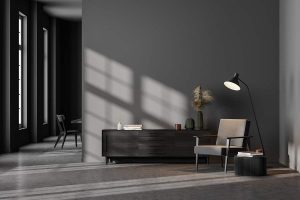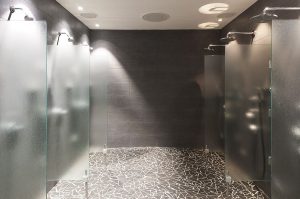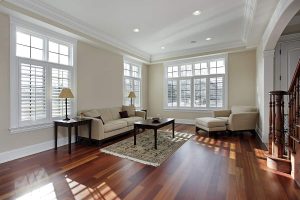One of the big questions you will face when renovating a home is whether or not all of your hardwood floors should match. While many designers favor the consistent look which is achieved when the same color of hardwood flooring is used in all of the rooms, some prefer to match a hardwood flooring color to the mood and theme of each specific room.
There is no right or wrong answer here, and whether or not you decide to mix hardwood flooring colors is entirely down to your own personal preference.
To help you make the right choice for your home, let’s look at some of the pros and cons, along with considerations you should factor in when selecting hardwood flooring colors.
Pros and Cons of Mixing Hardwood Floor Colors
Pros:
Defined areas
By using different colors of hardwood flooring in different rooms within the home, each area becomes more obviously defined. For example, if the flooring changes as you pass the boundary between a living room and a dining room, then it’s a clear indication that these two spaces have different uses, as opposed to a feeling of fluidity that you get when the flooring colors are the same across all rooms.
This can work especially well for areas where it’s important that you feel a sense of separation, for example, if you work from home. Going from your living space to your office space can be a more distinctive transition when the floor color is vastly different between the two.
Renovate gradually
Many people who are renovating a home will do so by changing one room at a time. This works well from a practical point of view because it means only one room is off-limits at any one time, so the rest of the house can still be used to live in while the renovations are carried out.
It also makes financial sense for many people who simply couldn’t afford to renovate the whole house at once. If you are renovating gradually then selecting a different color of flooring for each room can work well, and in many cases, it might be the only option if the flooring you chose for your kitchen last year is no longer available by the time you get around to renovating your dining room.
Improve practicality
Different rooms in a home will have different uses and different requirements, and this can mean that it makes more practical sense to have different colors or types of hardwood from room to room, For example, you may want a darker hardwood in your kitchen because it will hide crumbs better, while a lighter shade of hardwood might be preferred in the living room because it will reflect light.
Choosing to not be restricted to a single color of hardwood flooring throughout your whole home will allow you to make decisions based on how you use spaces differently, and how various colors of hardwood could make those spaces work better for you.
Enhance room theme
If you want to maintain a single color scheme or theme throughout your home, then maintaining the same hardwood floor color across all of the rooms will work well. However, if you prefer different rooms in the home to have different styles and different looks, then choosing a different hardwood floor color to suit that particular room will be a better choice.
For example, if you want your living room to be coastal themed then a hardwood floor with a pale, white-washed effect will really enhance the theme of the space. For a dining room where you want a more intimate vibe, then a dark brown hardwood floor color will help you achieve this.
In a contemporary bedroom with dusky pink tones then you might find a brown hardwood floor doesn’t look quite as effective as a gray-toned hardwood floor. By allowing yourself the flexibility to choose a different color floor for each room, you can customize the entire space without being restricted to colors and themes that suit the floor.
Cons:
Fragments home
One potential drawback of having a mixture of hardwood floor colors is that it can make the home look fragmented and disjointed. The distinct boundaries between each room may have the effect of disrupting the flow of the house as a whole.
Can look chaotic
If you opt for an entirely different shade of hardwood floor in every room of the home then it can result in a chaotic feel. To avoid this, try to mix no more than three or four colors throughout the whole house.
For example, if you want a warm neutral floor in a pale shade in the living room and bedrooms, then use the same hardwood flooring for these, and in rooms where you want dark hardwood, use the exact same shade. This will help to create some consistency.
Pros and Cons of Using One Hardwood Floor Color
Pros:
Consistent style
The main reason some people prefer to use the same hardwood floor throughout the whole home is to achieve consistency. Having one flooring color helps the rooms to flow more easily into one another, creating a sense that the house is one whole, rather than the effect that each room stands alone.
The illusion of more space
Maintaining the floor color across all rooms can help create the illusion of more space, which is useful if you want an open and airy atmosphere, or if your home is on the smaller side and you want to make it appear bigger than it really is.
Money saving
Some people advocate using the same hardwood across all of the floors in a home because it will allow you to buy the flooring in bulk, which could represent a good discount to save money.
Easier installation
Since there will be no joins where different types of hardwoods meet, the installation will be easier in a home where all the rooms have the same flooring. This might save time on your project, and also mean lower labor costs if the installation is simpler and faster.
Cons:
Rooms lack individuality
The main drawback of using one color of hardwood across the whole home is that it can make every room feel the same. This might be a problem if you enjoy creating an individual style for each room.
However, even if each room has the same color flooring, there are plenty of other ways you could make a room feel individual. For example, you can paint the rooms in different colors, and opt for different types of soft furnishings so that each room has its own distinct personality.
Tips for Choosing Hardwood Flooring Colors
Compliment tones
Avoid using contrasting colors for hardwood flooring in different rooms if you want the home to feel cohesive. Instead, opt for tones that complement each other, even if the shades are vastly different. For example, choose a light hardwood with golden tones and a dark hardwood with golden tones to link different rooms together.
Use neutrals
Neutral colors of hardwood flooring are safe timeless hardwood colors that always going to blend together more seamlessly than those which are stronger colors. A red-toned hardwood next to a yellow-toned hardwood is going to look quite intense, so instead opt for grays, beiges, and browns.
